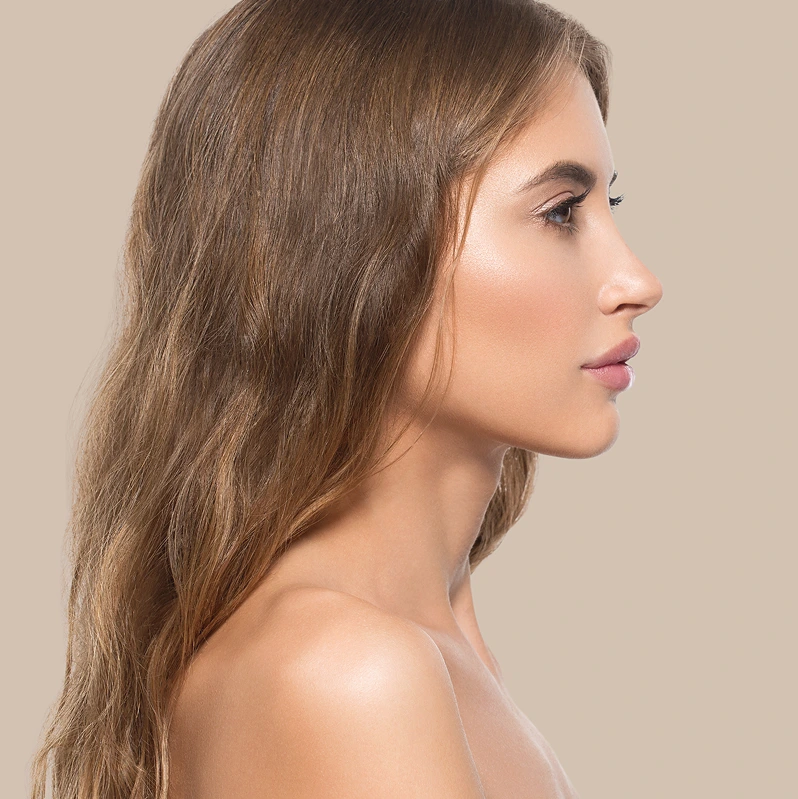
Rhinoplasty
in Phoenix, AZ
Your nose plays a central role in facial harmony, and rhinoplasty can help refine its shape, size, and overall balance. At Regency Specialties, our plastic surgeons specialize in customized rhinoplasty procedures designed to enhance your natural features while preserving facial symmetry. Schedule a consultation today to discuss your aesthetic goals and see how we can help you improve your appearance and self-confidence.
What Is Rhinoplasty?
Rhinoplasty, more commonly called a “nose job,” is a facial surgery that reshapes your nose. It can address nasal size, shape, and symmetry, achieving a more harmonious and refined appearance. Done right, rhinoplasty takes attention away from your nose and instead balances the facial features with each other to draw attention to your eyes and mouth.
As one of the most popular cosmetic surgeries in the world, rhinoplasty is always in demand because it can improve the entire balance of the face. At Regency Specialties, our team offers top-level care to ensure patients are satisfied with their treatment experience and results.
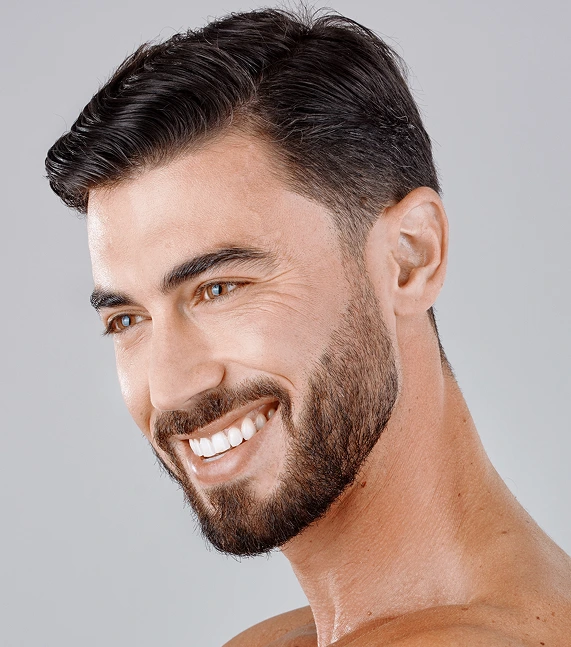
What Can a Rhinoplasty Do?
Whether you’ve always disliked your nose or it has begun to bother you more recently, a rhinoplasty can improve this prominent feature. This surgery may correct:
- A nasal bump
- A bulbous nasal tip
- A crooked nose
- A wide nose
- An overly large or long nose
- Nasal tip asymmetry
- Oversized nostrils
- Breathing problems/deviated septum
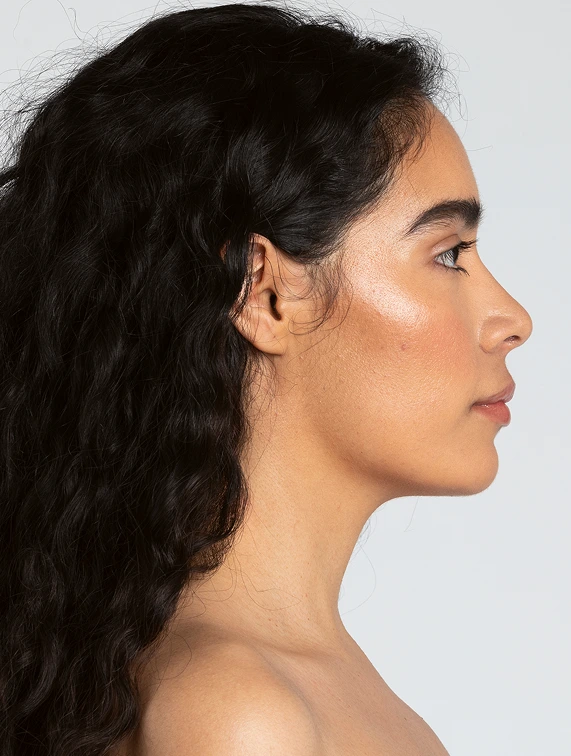
Why Consider Nose Surgery?
Many individuals thinking about rhinoplasty feel that the flaws of their nose are all that people see. While this usually isn’t the case, it can’t be denied that the nose does draw the eye. This is because it sits directly in the center of the face.
When the nose is in balance with the rest of the face, it can enhance other features and create a beautiful, harmonious appearance. The nose also has the unique ability to either masculinize or feminize the face if it is “weak” or “strong”.
Every patient will have a different reason for wanting to undergo a rhinoplasty. For some, it has been a lifelong issue they are finally ready to correct. For others, it may be a more recent problem because their nose has been broken or has started to change with age. And others will want a nose surgery to help with their breathing problems. Regardless of your specific reasons, our rhinoplasty team at Regency Specialties will create a unique treatment plan tailored just for you and your needs to achieve the best possible outcome.
Your Rhinoplasty Consultation
The first step for those who are interested in rhinoplasty is to have an initial consultation with us at Regency Specialties. This appointment is very important because it is where you’ll be able to voice your questions and concerns. We will review your medical history, create a treatment plan, and guide you step-by-step through the entire surgical and recovery process so that you fully know what to expect.
At Regency Specialties, our priority is to achieve the nose you want while always keeping your safety and well-being in mind. Your consultation is the beginning of your cosmetic journey.
Book your consultation today and let’s talk about how we can help you reach your goals.
Rhinoplasty Types and Techniques
Open Rhinoplasty
Open rhinoplasty is a surgical technique that provides full access to the underlying nasal structure. A small incision is made across the columella—the strip of tissue between the nostrils—allowing our surgeon to lift the skin and precisely reshape the bone and cartilage. This approach is often preferred for more complex cases or when extensive changes are needed, as it offers optimal visibility and control during surgery. Although it may involve a slightly longer recovery, the results are often highly refined and tailored to the patient’s goals.
Closed Rhinoplasty
Closed rhinoplasty involves incisions inside the nostrils, leaving no visible scarring. This technique is best suited for patients who require more moderate adjustments to the nose’s structure. Because it’s less invasive than open rhinoplasty, it often results in a shorter recovery period with less swelling. However, not every patient is a candidate for closed rhinoplasty—it depends on the level of correction needed and the surgeon’s evaluation of nasal anatomy.
Ethnic Rhinoplasty
Ethnic rhinoplasty is a specialized form of cosmetic nose surgery that enhances the nose’s appearance while respecting the patient’s cultural background and natural facial features. Rather than creating a one-size-fits-all result, this approach aims to refine the nose to maintain ethnic identity and facial harmony. Techniques may vary depending on the unique characteristics of different ethnic groups, and special attention is given to skin thickness, nasal support, and overall balance.
Revision Rhinoplasty
Revision rhinoplasty is a secondary nasal surgery performed to correct or improve the results of a previous rhinoplasty. Patients may seek revision for aesthetic reasons, functional issues, or both. This procedure is typically more complex due to scar tissue, altered anatomy, or weakened cartilage, requiring high surgical expertise. At Regency Specialties, we understand the delicate nature of revision rhinoplasty and approach each case with a meticulous strategy to restore both form and function.
Open Rhinoplasty
Open rhinoplasty is a surgical technique that provides full access to the underlying nasal structure. A small incision is made across the columella—the strip of tissue between the nostrils—allowing our surgeon to lift the skin and precisely reshape the bone and cartilage. This approach is often preferred for more complex cases or when extensive changes are needed, as it offers optimal visibility and control during surgery. Although it may involve a slightly longer recovery, the results are often highly refined and tailored to the patient’s goals.
Closed Rhinoplasty
Closed rhinoplasty involves incisions inside the nostrils, leaving no visible scarring. This technique is best suited for patients who require more moderate adjustments to the nose’s structure. Because it’s less invasive than open rhinoplasty, it often results in a shorter recovery period with less swelling. However, not every patient is a candidate for closed rhinoplasty—it depends on the level of correction needed and the surgeon’s evaluation of nasal anatomy.
Ethnic Rhinoplasty
Ethnic rhinoplasty is a specialized form of cosmetic nose surgery that enhances the nose’s appearance while respecting the patient’s cultural background and natural facial features. Rather than creating a one-size-fits-all result, this approach aims to refine the nose to maintain ethnic identity and facial harmony. Techniques may vary depending on the unique characteristics of different ethnic groups, and special attention is given to skin thickness, nasal support, and overall balance.
Revision Rhinoplasty
Revision rhinoplasty is a secondary nasal surgery performed to correct or improve the results of a previous rhinoplasty. Patients may seek revision for aesthetic reasons, functional issues, or both. This procedure is typically more complex due to scar tissue, altered anatomy, or weakened cartilage, requiring high surgical expertise. At Regency Specialties, we understand the delicate nature of revision rhinoplasty and approach each case with a meticulous strategy to restore both form and function.
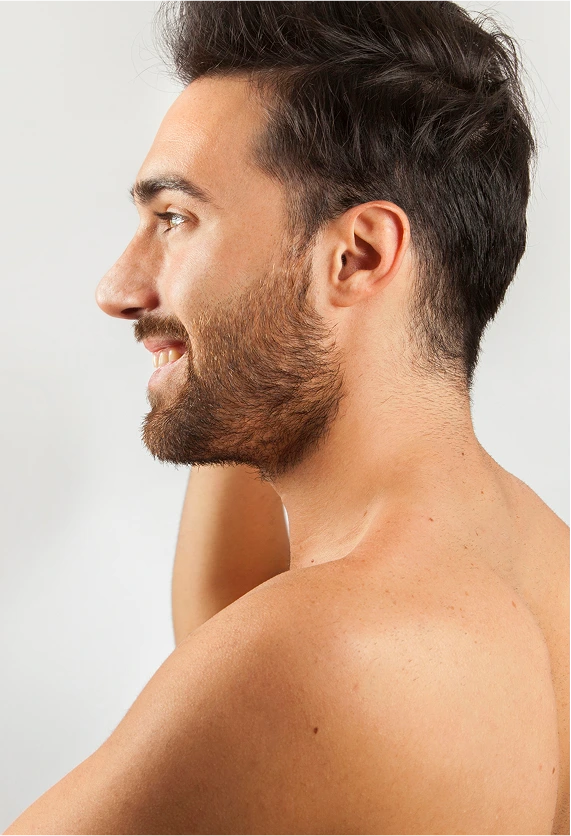
Rhinoplasty Surgery: A Step-by-Step Guide
Anesthesia
Rhinoplasty is usually performed under general anesthesia, which means you will be asleep and comfortable throughout the procedure. In some less complex cases, local anesthesia with sedation may be an option. Our surgeon will determine the best choice based on your health, treatment plan, and preferences. The surgery typically takes between 1.5 and 3 hours. It is an outpatient procedure, so you’ll go home the same day.
Incisions and Tissue Reshaping
There are two types of surgical rhinoplasty techniques: open and closed. If you’re having significant changes made to your nose, you’ll have an open rhinoplasty. This technique is common for more complex nose surgery and allows the surgeon to perform with maximum precision. Closed rhinoplasty is less invasive and involves a shorter recovery period. Here is how these techniques are performed:
- With open rhinoplasty, your surgeon will make incisions in the columella (the vertical strip of skin that separates the nostrils). The soft tissue and skin will be lifted from the underlying structures of the nose so that your surgeon can see the nasal anatomy to correct the imperfections.
- With a closed rhinoplasty, incisions are made within the nose. Your surgeon will separate the skin of the nose from the bone and cartilage, which form its supporting framework. Once exposed, bone and cartilage can be removed or re-sculpted to make the improvements.
Correction of the Deviated Septum (Optional)
Closure
Anesthesia
Incisions and Tissue Reshaping
There are two types of surgical rhinoplasty techniques: open and closed. If you’re having significant changes made to your nose, you’ll have an open rhinoplasty. This technique is common for more complex nose surgery and allows the surgeon to perform with maximum precision. Closed rhinoplasty is less invasive and involves a shorter recovery period. Here is how these techniques are performed:
- With open rhinoplasty, your surgeon will make incisions in the columella (the vertical strip of skin that separates the nostrils). The soft tissue and skin will be lifted from the underlying structures of the nose so that your surgeon can see the nasal anatomy to correct the imperfections.
- With a closed rhinoplasty, incisions are made within the nose. Your surgeon will separate the skin of the nose from the bone and cartilage, which form its supporting framework. Once exposed, bone and cartilage can be removed or re-sculpted to make the improvements.
Correction of the Deviated Septum (Optional)
Many patients who undergo nose surgery to address cosmetic issues also have a septoplasty at the same time. Once the corrections have been made to the deviated septum, the underlying structure of the nose is sculpted to the desired shape, and the nasal skin and tissue are re-draped.
Closure
After reshaping is complete, the nasal skin is carefully repositioned, and the incisions are closed with sutures. Rhinoplasty patients may also have small splints or internal supports placed to help maintain the new shape during the initial healing period.
What Is Rhinoplasty Recovery Like?
First Week
Following your nose surgery, there will be a mild to moderate amount of pain and discomfort. We will recommend or prescribe medications to help, and the discomfort and pain should begin to decrease within 72 hours. If dressing or splints were used on your nose, they will be removed in 5 to 7 days during your follow-up appointment.
Most patients take one week off work or school. When your splint or dressings are removed, a lot of the bruising and swelling can be hidden with makeup. However, if you don’t want anyone to notice the signs of surgery at all, you may need to plan to take two weeks off work.
Weeks 2-4
It’s important for patients to understand that their nose may be considerably swollen for about two weeks. This is normal and no cause for alarm; however, the swelling may cause your nose to appear wider and the tip more upturned and more bulbous than it will eventually look.
The first couple of weeks after your nose job, you may feel as though your nose is very congested, as if you have a cold. This is also very common, as are swelling, numbness, and bruising. Exercise should be avoided for at least three weeks after your rhinoplasty.
Months 2-6
The swelling will subside over a couple of weeks and continue to decrease over the next several months. Keeping your head elevated, using cold packs, and sleeping upright will help reduce swelling.
Long-Term Recovery
Another important thing for patients to note is that it may take up to a year for the final results of a rhinoplasty to become apparent. However, your nose will continue to look better and better each day as the swelling subsides.
First Week
Most patients take one week off work or school. When your splint or dressings are removed, a lot of the bruising and swelling can be hidden with makeup. However, if you don’t want anyone to notice the signs of surgery at all, you may need to plan to take two weeks off work. Weeks 2-4
Weeks 2-4
The first couple of weeks after your nose job, you may feel as though your nose is very congested, as if you have a cold. This is also very common, as are swelling, numbness, and bruising. Exercise should be avoided for at least three weeks after your rhinoplasty.
Months 2-6
Long-Term Recovery
What Are the Results
After a Rhinoplasty?
Rhinoplasty is a procedure that can completely transform a patient’s self-esteem and confidence. Although it can take a year for the results to become finalized, a nose job makes quite a change that is often subtle, yet remarkably improved. It has the ability to bring harmony to the entire face, adjusting imperfections and asymmetry that can be distracting. The majority of patients who undergo rhinoplasty are very pleased with the results.
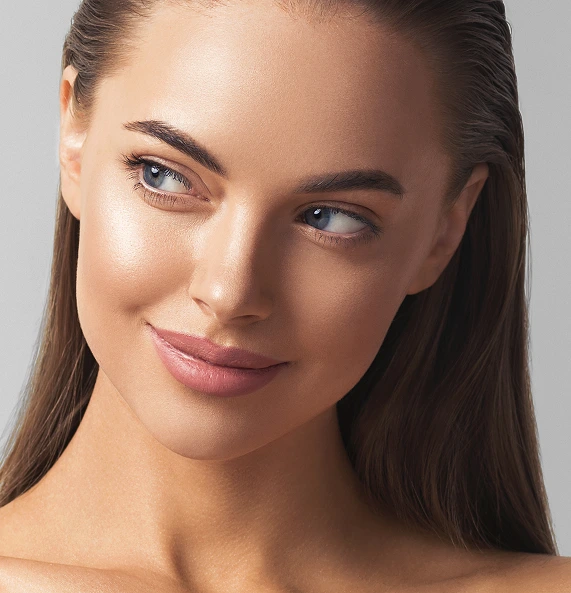
Book your consultation today and let’s talk about how we can help you reach your goals.
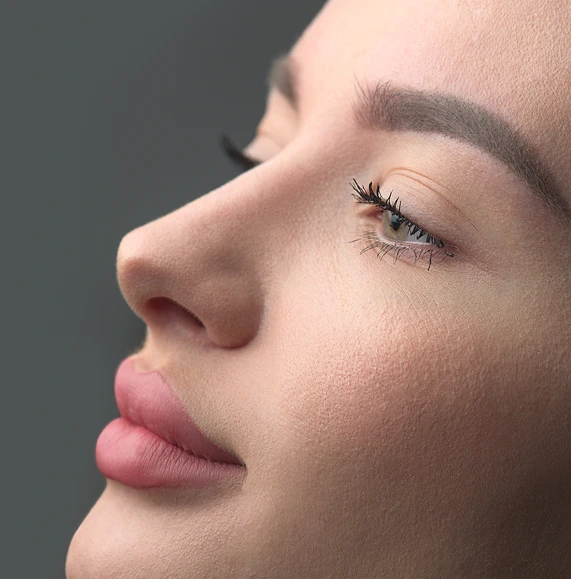
Who Is a Candidate for Rhinoplasty?
If you’re considering rhinoplasty, you may be a perfect candidate. The best nose surgery candidates are those who are:
- Unhappy with how their nose looks
- Over the age of 18
- Generally healthy and non-smokers
It is important to have realistic expectations about the surgery and be prepared for some discomfort during the early recovery period.
Functional and Cosmetic Benefits of Rhinoplasty
For many patients, rhinoplasty is a life-changing surgery, as it results in an enhanced appearance, improves the functionality of their breathing, or both. The main benefits of rhinoplasty include the following:
- Enhances facial harmony and balance
- Reshapes a pinched or overly small nose
- Decreases the size of a too-large or humped nose
- Corrects a deviated septum
- Provides an aesthetically pleasing shape to the nostrils
- Reduces the size of the nasal bridge or the nasal tip
- Improves breathing
- Provides a boost in confidence, which helps improve the quality of life
Cost of Rhinoplasty in Phoenix, AZ
The cost of rhinoplasty in Phoenix, Surprise, Paradise Valley, and neighboring areas varies from $7,000 to $14,000, depending on the specifics of the procedure and whether it includes functional corrections. Most rhinoplasty surgeries fall within this range, covering surgical, anesthesia, and facility fees. Board-certified plastic surgeons typically charge higher fees, reflecting their advanced training, surgical skill, and commitment to patient safety and aesthetic results.
You can receive personalized price quotes during the initial appointment with our surgeon.
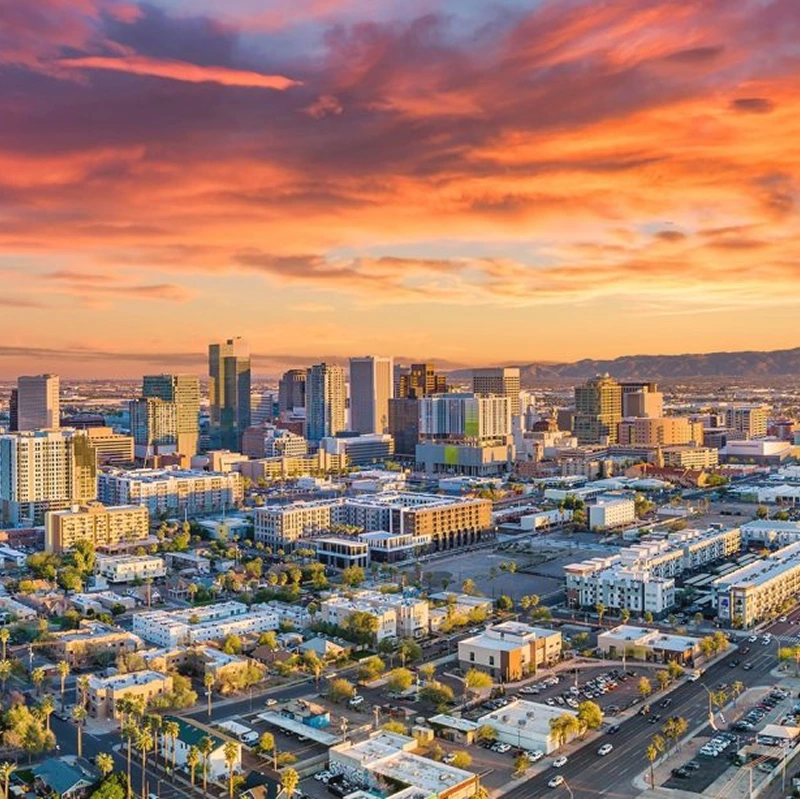
We Can Help You Improve Your Facial Features
Regency Specialties approaches rhinoplasty with a depth of expertise rarely found in one place. Our rhinoplasty surgeons use the latest techniques to reshape the nose and preserve skin sensation, which is critical in nasal surgery. Whether correcting a birth defect, addressing difficulty breathing, or sculpting a new nose shape that aligns with both function and form, our team achieves aesthetic improvements and ensures structural integrity. Our commitment to meticulous post-operative care ensures that rhinoplasty results endure and patients experience a smoother recovery. This refined attention to technical and healing aspects reflects years of specialized rhinoplasty experience that defines our approach.
To learn more or schedule a consultation, please call 623-243-9077 or contact us online.
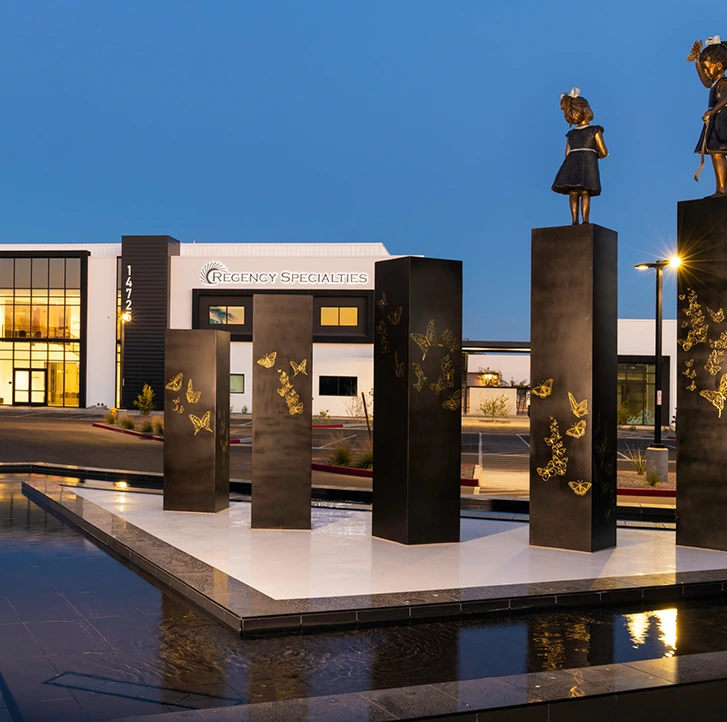
Rhinoplasty FAQs
Does health insurance cover rhinoplasty?
Like all cosmetic surgeries, rhinoplasty is not typically covered by health insurance. However, if the procedure aims to correct a functional problem, some insurance plans may cover it.
Will I be able to wear my glasses after this facial plastic surgery?
You may wear your glasses on top of your nasal splint or cast during your first week of recovery, but once it has been removed, you will need to avoid using standard glasses for six weeks. Wearing them can cause your nasal bones to shift. If this is a concern to you, please bring this up during your consultation with us. We can help you select temporary glasses with light frames or other adaptive features.
What is liquid rhinoplasty (non-surgical rhinoplasty)?
Non-surgical nose job, also called a “liquid rhinoplasty,” uses dermal fillers to make small adjustments to the nose. For some patients who want minor improvements, dermal fillers are a great option, although the results are not permanent. Dermal fillers can improve symmetry, fill in depressions, and hide nasal bumps for 6-18 months.
Can I customize the shape of my nose during cosmetic rhinoplasty?
Yes, rhinoplasty is highly customizable. During your consultation, we can discuss your aesthetic goals, facial symmetry, and desired nose shape. Modern techniques allow for precise adjustments to the nasal bridge, tip, and nostrils to achieve a natural, balanced look that complements your facial features.
Will rhinoplasty affect my sense of smell?
In most cases, rhinoplasty does not affect your sense of smell. Temporary changes can occur due to swelling inside the nose after surgery, but as the swelling subsides, your sense of smell typically returns to normal within a few weeks to a couple of months.
Is there a difference between rhinoplasty for cosmetic reasons and functional rhinoplasty?
Yes, cosmetic rhinoplasty focuses on enhancing the appearance of the nose, while functional rhinoplasty addresses issues like breathing difficulties caused by a deviated septum or nasal obstructions. Many patients choose to combine both in a single surgery to improve both the form and function of their nose. Functional rhinoplasty may relieve nasal congestion by opening the nasal passages and correcting a crooked septum that interferes with airflow.
Will there be visible scarring after this cosmetic procedure?
In most cases, scarring is minimal and well-hidden. Open rhinoplasty involves a small incision on the columella, which typically heals with an inconspicuous scar. Closed rhinoplasty leaves no external scars since the incisions are made inside the nostrils. Any changes to the nasal structures can result in temporary swelling, which gradually subsides as healing progresses.
Can I combine rhinoplasty with chin augmentation and other procedures?
Yes, combining rhinoplasty with chin augmentation or other aesthetic procedures can help improve overall facial balance. A well-defined chin may complement the new shape of the nose and enhance the profile, particularly when subtle changes are also made to the upper lip or other facial features. We will develop a surgical plan that addresses all your cosmetic goals.



